Ship or pick up from our office.
Delay relay 0.5 Sec - AC 24 V to DC 12 V
A "delay relay 0.5 Sec - AC 24 V to DC 24 V" is a
time delay relay that is designed to:
- Operate with a control voltage of 24 volts, which can be either Alternating Current (AC) or Direct Current (DC). This dual compatibility (AC/DC 24V) is a key feature, as many relays are specific to one type of current.
- Introduce a delay of 0.5 seconds before its contacts change state. This delay can be an "on-delay" (contacts close/open after 0.5 seconds when power is applied) or an "off-delay" (contacts remain closed/open for 0.5 seconds after power is removed), or other timing functions depending on the specific relay's design.
- Switch or control a separate circuit, which may be a 24V DC circuit. The "AC 24V to DC 24V" in the description refers to the relay's input power compatibility (it can be powered by either 24V AC or 24V DC) and its output capability (it's often used to control 24V DC loads). It is not a direct AC to DC converter for the load it's switching, but rather indicates its flexible control voltage. The relay itself doesn't convert the power; it merely switches it on or off after a delay. If the controlled circuit specifically requires DC, the relay's contacts would simply switch the 24V DC power to that circuit.
Essentially, it's a versatile timing device used in control systems.
Purpose of Time Delay Relays
Time delay relays are crucial in various applications where precise timing of electrical events is required. They serve to:
- Prevent false triggering: A brief fluctuation in voltage or a momentary signal might cause immediate activation in a standard relay. A short delay (like 0.5 seconds) can prevent such nuisance activations.
- Create timed sequences: In automated processes, certain steps may need to occur in a specific order with set delays in between. For example, a delay relay could ensure one motor starts before another or that a safety purge cycle completes before a furnace ignites.
- Control motor starts/stops: They can be used for "soft starting" motors, gradually increasing voltage to reduce inrush current, or for ensuring a motor has fully stopped before another action begins.
- HVAC systems: They prevent "short cycling" of compressors, which can damage the unit, by introducing a delay between successive starts.
- Lighting control: Ensuring lights stay on for a set period after activation (e.g., in stairwells) or controlling emergency lighting.
- Security systems: Providing a brief delay before an alarm triggers, allowing authorized personnel to disarm the system.
Types of Time Delay Relays
While the "0.5 Sec" refers to the specific delay, time delay relays come with various functions:
- On-delay (Delay on Make): The most common type. The contacts change state only after the set time delay has elapsed after the control voltage is applied.
- Off-delay (Delay on Break): The contacts change state immediately when the control voltage is applied, but only return to their original state after the set time delay has elapsed after the control voltage is removed.
- Interval: The contacts change state immediately when the control voltage is applied, and then return to their original state after the set time delay.
- Repeat Cycle: The relay continuously cycles between on and off states with specific time delays as long as the control voltage is applied.
In the case of a "delay relay 0.5 Sec", it would likely be an
on-delay or
interval type, but the exact function would need to be confirmed from the specific model's datasheet.
AC/DC 24V Compatibility
The "AC 24 V to DC 24 V" part primarily indicates the
coil voltage compatibility of the relay.
Many modern time delay relays are designed to accept a wide range of input voltages, including both AC and DC, within a specified range (e.g., 24V AC/DC). This offers flexibility in wiring and application, as the relay can be integrated into systems powered by either AC or DC at that voltage level.
It's important to distinguish that this relay itself is
not a voltage converter (like a power supply that converts AC to DC). Instead, it's a switching device. If the circuit you are trying to control requires DC and your power source is AC, you would need a separate AC to DC power converter (like a power supply unit) to provide the 24V DC to your load, which the relay's contacts would then switch.

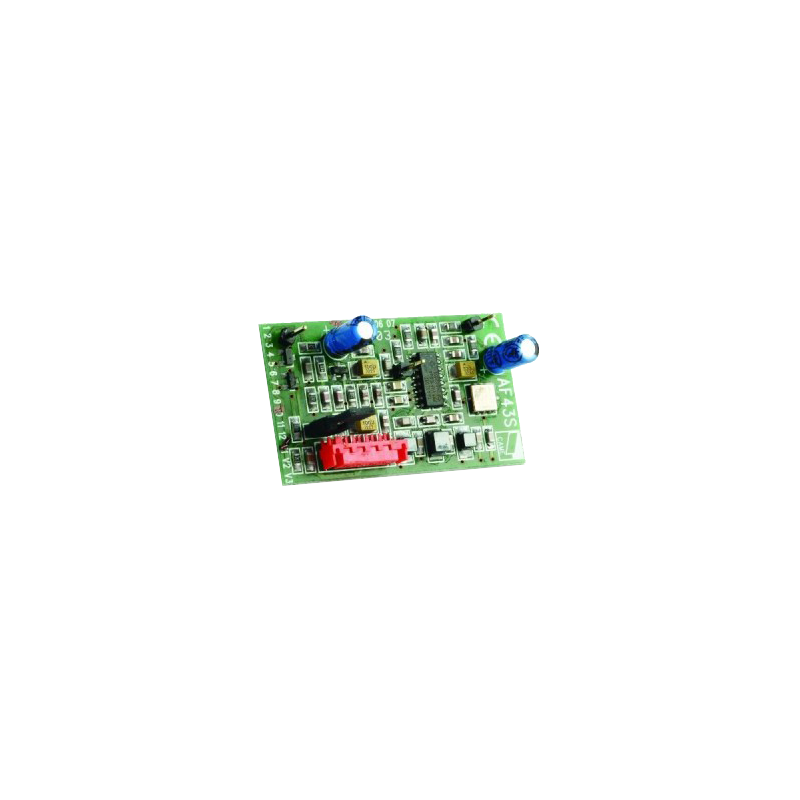

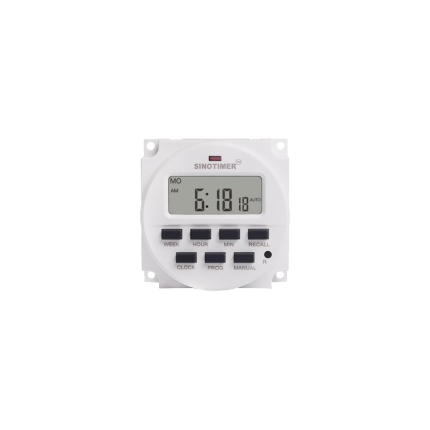

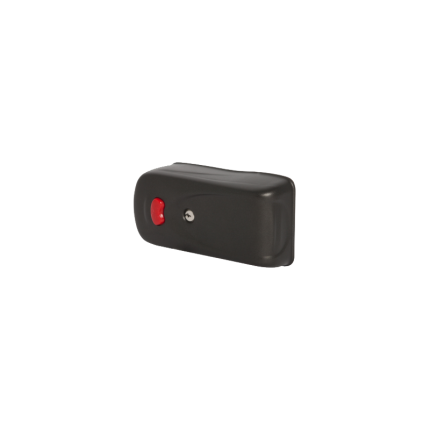
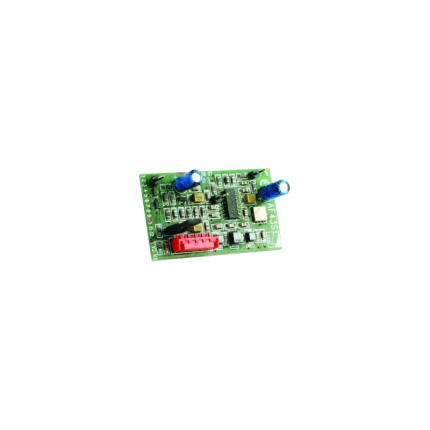
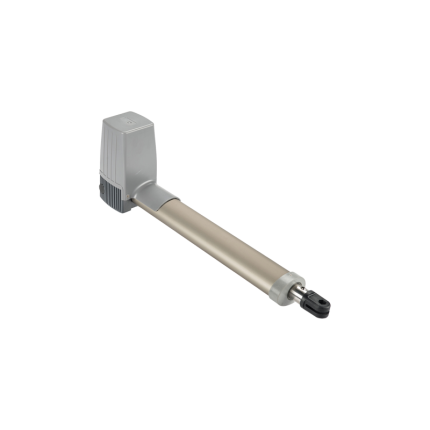

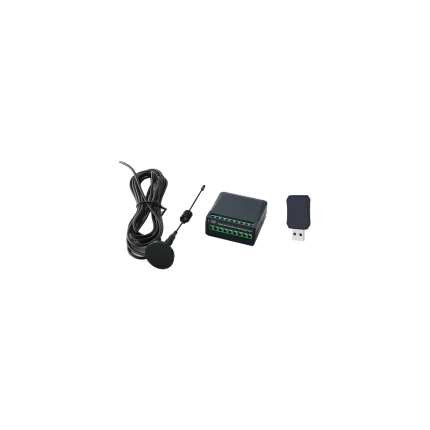
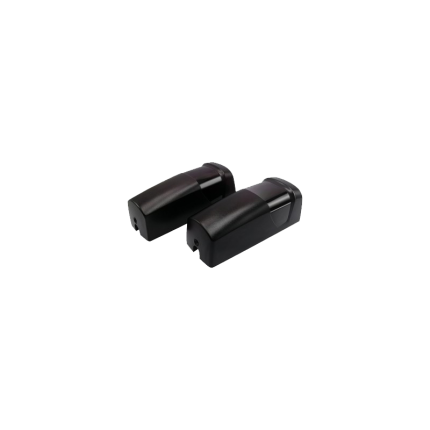
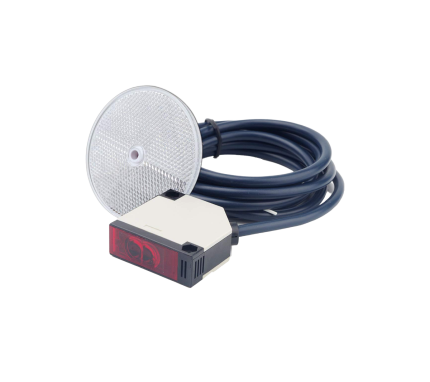
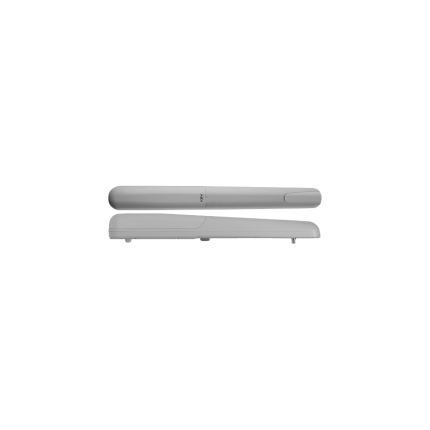


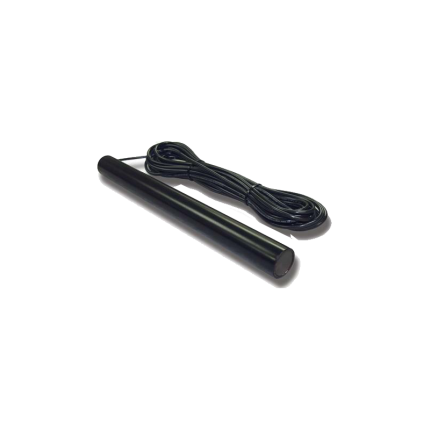


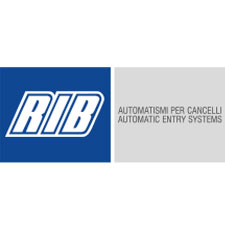






Reviews
There are no reviews yet.